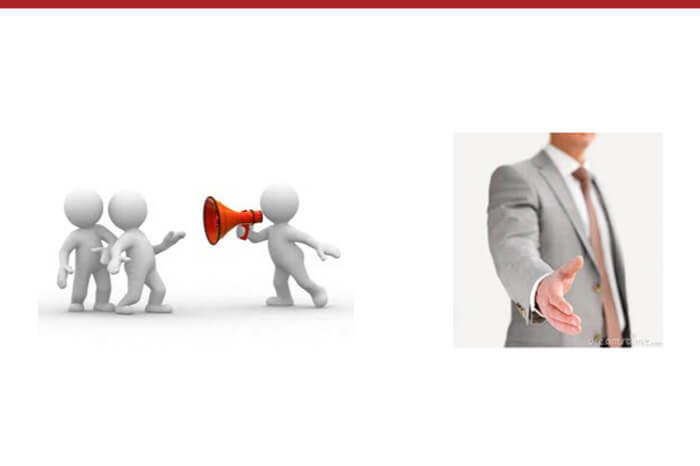As a leader setting out to achieve a given outcome, we can interact with our colleagues and subordinates from a framework of power or one of influence. It’s about where we are coming from in our own mindset, and hugely influences our probability of success and sustainability as a leader capable of motivating people to achieve great things.
Operating from a power model involves using our position (as their boss etc) to make someone do a task or hold someone accountable, in a manner that is often personal. If done incorrectly, this results in a negative emotional response from the other party. It’s a win-lose, or if we get it wrong, lose-win situation, and many times leaders using this method bully their way to results. This is only useful for short-term leadership with immediate outcomes and comes at the expense of relationships.
A leader operating from power is often seen as being ego driven, hard handed, tunnel focused and will do whatever it takes to win the battle, sometimes at the expense of the war. Many leaders resort to operating from power in time-pressured, high stakes situations, believing this is the only way to be successful in achieving the outcome they are going for. This is not the case, as you will see over the coming program. For they may indeed achieve that outcome, however the damage done in using this method limits the longevity of their leadership with that group of people and diminishes their capacity to motivate their staff/ colleagues towards excellence.
Operating from a model of influence however is a smarter, more strategic and sustainable model of leadership. It involves understanding how to release an individual and a teams’ capacity for excellence through smart leadership. Never losing sight of the bigger outcomes you are going for, being flexible in the approach to achieve those outcomes and being aware of the effectiveness of any given strategy in the moment. This therefore also requires leadership techniques that allow one to change strategy if needed to achieve the desired outcome.
Moreover, it involves being really clear on what the issues are and having the skills to be able to address them in a manner which encourages input and accountability on behalf of staff members, as well as limiting defensive responses. Not only is it possible to achieve timely responses and outcomes in this manner, but relationships can be forged and strengthened in a way which makes staff offer more, becoming more responsible and accountable, more valuable team members.
Watch this video to create a visual image for yourself about the difference between power and influence.







